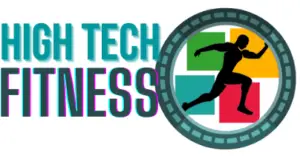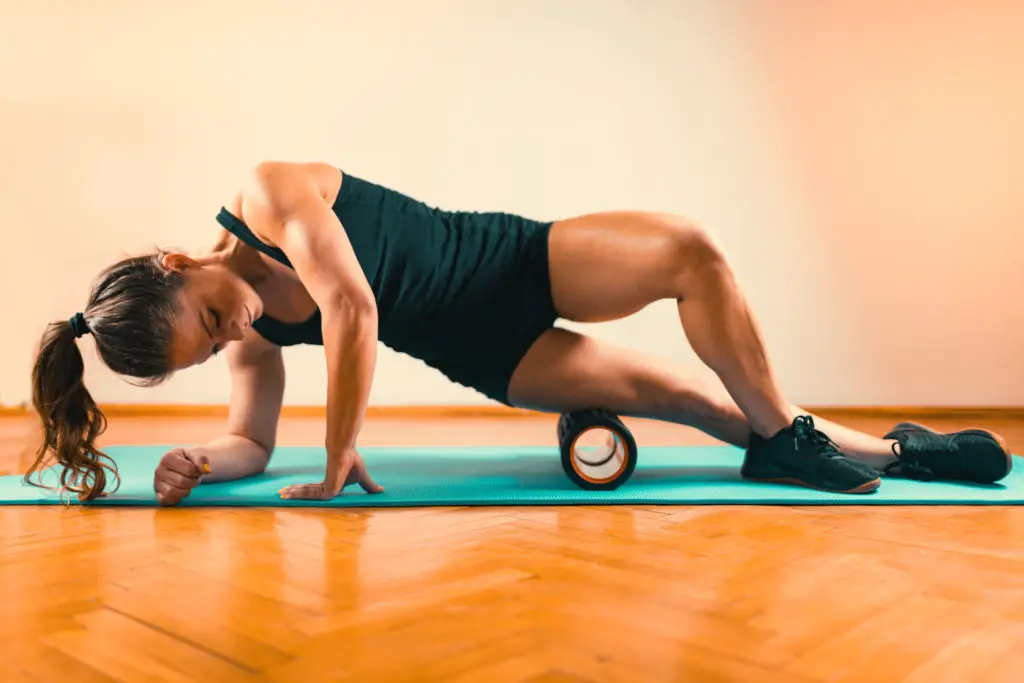
With limited time these days, it can be hard to get a decent workout and even harder to add in a stretching session. Well, there is Foam rolling, and it can be better than stretching alone. We will explore the benefits of both stretching and foam rolling and why you should use both methods.
Foam rolling is better as it contains the same benefits and then some. The additional benefits that you receive from foam rolling your next session are:
- Reduced Injury and “Freeze Up”
- Increased blood flow to muscles
- Dynamic full range of motion
- Increased core strength
- Reduction in muscle soreness
However, the increased benefits are not enough to replace stretching entirely; they both have advantages and help muscle recovery. A right combination in your workout that incorporates all three pre/post workout warm-ups.
Page Contents
When is Foam Rolling Used
Foam Rolling is all the craze lately and what everyone is talking about in the fitness world. The primary benefits are decreased tenderness and improvements in range of motion, posture, and recovery times. Without a doubt, foam rolling is better than stretching alone, but there are times when foam rolling should be used and should not be used.
The painfully apparent times to foam roll are pre and post-workout, which we will discuss later. The times that may not be so prevalent are off days and stretch days. Foam rolling after a shower followed by static stretches can improve muscle strength and flexibility and aid in your workouts’ recovery times.
Foam rolling was designed to relieve the Myofacial tissue ( the thin layer of tissue that holds your muscles in place). Spending time on off days to complete a quick two-three minute foam rolling session can significantly benefit your muscles and help reduce stress levels.
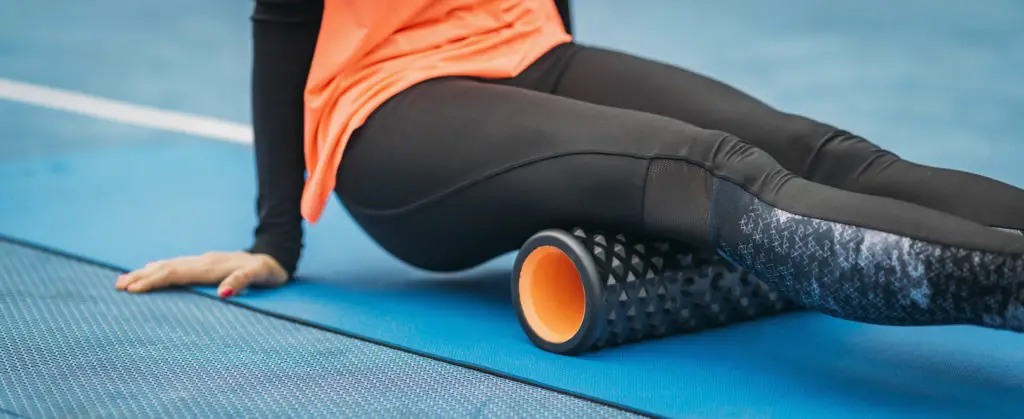
When Should You Not Foam Roll?
I have already put together a whole article on when you should not foam roll. You can check it out here.
To keep it short, foam rolling should be avoided when there is any bruising or extreme tenderness in a specific area; you may cause additional bruising. You also want to avoid foam rolling for prolonged periods in the same spot.
Foam rolling shouldn’t hurt, it can be uncomfortable at times, but your muscle needs recovery rest, not foam rolling if it hurts.
Here are some pro-tips:
- Breathe slowly to reduce tension
- Keep your core engaged for added stability and core strength
- Spend a decent time on each side; one to two minutes should suffice.
- Try to focus on problem areas by holding the foam roller in place for 45 seconds to a minute to reduce the area’s tenderness.
Pre-Workout Warm-up
The pre-workout warm-up is more than just doing a few stretches and then starting your routine. Static stretches alone can hinder your workout performance and lead to a decrease in strength. Those should be saved for post work out.
Dynamic stretches increase blood flow to your muscles and warm them up for a workout. Dynamic full range of motion is one of the healthy benefits of foam rolling. Having a full range of motion to work with during the pre-workout reduces injury and increases performance.
Dynamic stretching alone is more beneficial than static stretching during a warm-up and static stretching during your cool down. Add in foam rolling for five to ten minutes increases blood flow faster to specific muscle areas. The recommended time is 30-60 seconds per area.
Check out this video on a pre-workout foam rolling routine!
Post-Workout Cool Down
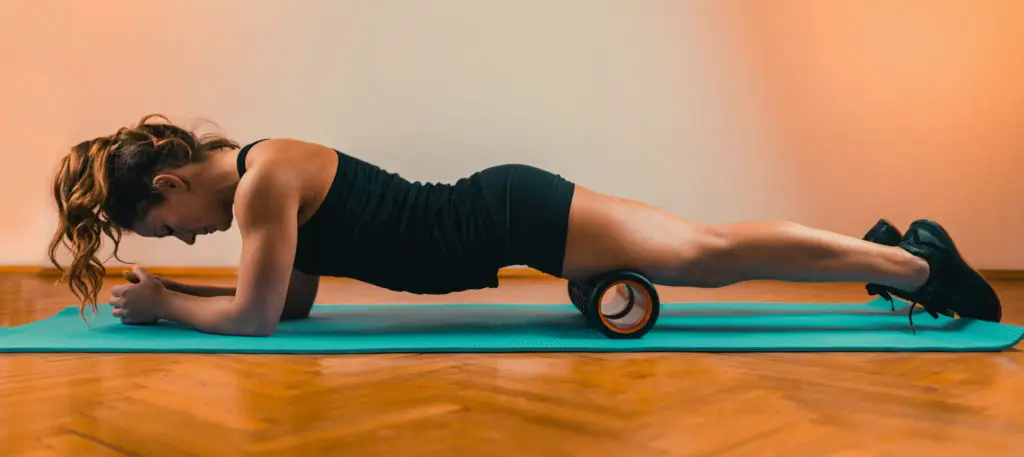
When it comes to preventing injuries, both the pre-workout and post-workout routines are vitally crucial for your body to recover properly. As much as everyone would like a massage after every workout, it just isn’t practical. Foam rolling will give you the added benefits of a massage without the time crunch and cost.
Foam rolling doesn’t replace a massage, obviously, but it does help in recovery in similar ways. The increased blood flow to the region can aid in reducing delayed muscle soreness and inflammation. Something that stretching alone cannot accomplish.
Static stretching alone increases flexibility and helps alleviate muscle stiffness. Foam rolling combined with static stretching is a great way to end a workout. Don’t forget about the areas you just worked out; those should be the top priority in your cool down. Foam rolling should be incorporated directly after the workout and before your static stretches.
Foam rolling can help you find trigger points in your body that are especially sensitive after a workout. Much like relieving a knot in your muscles, slowly going over the area in five to thirty-second intervals is best to help get rid of muscle knots.
Added Benefits of Foam Rolling
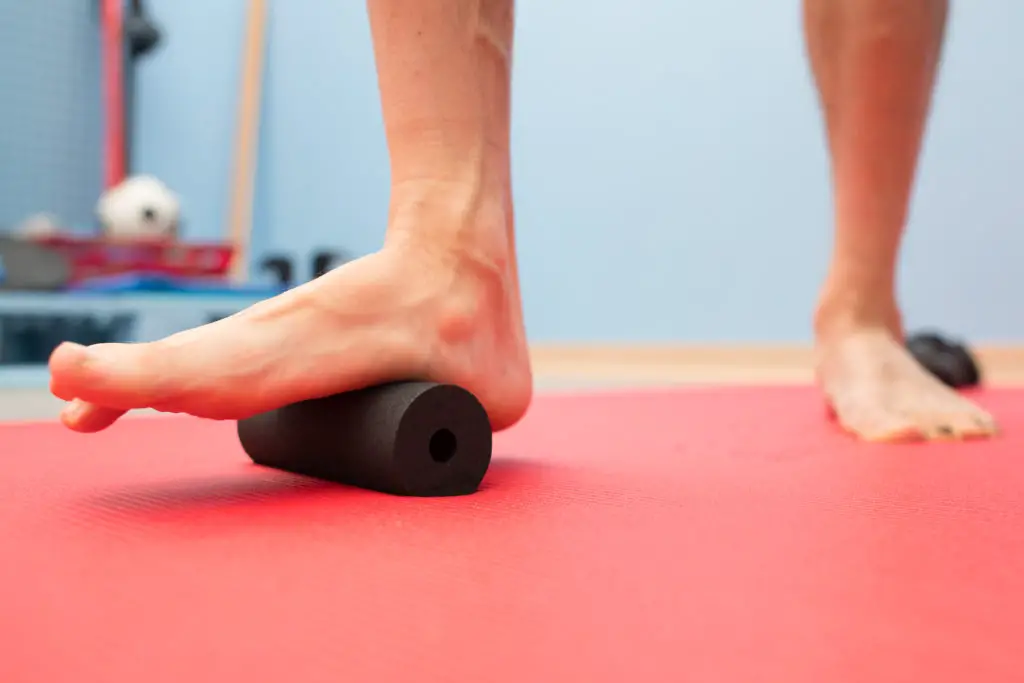
Static stretching lengthens the muscles and helps open the microscopic tears in the muscle tissue. Foam rolling also helps reduce injuries by stretching out the muscles using a different type of physics. Rolling the muscles pushes the blood out of the muscles and stretches that specific area.
Foam rolling is a dynamic motion that aids in stretching and caring for the muscles pre-and post-workout. With all dynamic motions, you are slowly increasing the blood flow to specific muscle areas, which helps recovery time and strength. The blood rushing into the area of your muscles that was just pulled out helps bring vitamins and minerals that your muscles need to recover and anti-inflammatory properties.
Relieving the tension found in the muscles after a session is something that foam rolling got right! Foam rolling targets your muscle areas that stretching alone cannot reach—the Myofascial layers of the muscular system, which in turn are holding all your muscles together.
Foam rolling is beneficial to your core strength as you foam roll. Keeping your core tight while foam rolling is not only proper form, but it helps strengthen your core muscles while also working out any muscle cramps or kinks. Increased core strength and mobility from foam rolling bring you closer to those perfect abs.
Is Foam Rolling a Replacement for Stretching?
A time crunch can present a split decision to pick one over the other; foam rolling is the most beneficial to your body. However, you must also consider the stress that your body just went through for those improvements.
If you have the extra ten minutes to spare, then a combination that incorporates both stretches and foam rolling is perfect. It is not a direct replacement for stretching, as stretching does have its benefits as well.
Choosing your warm-up routine is just as important as selecting the workout. While you could use only one warm-up exercise, it would be selling yourself short by not using all three. Depending on the muscle group and purpose would depend on the warm-up/ cool-down you choose to do. If you are doing standard push-pull routines on a circuit, then a dynamic stretching warm-up combined with foam rolling cool down may be more beneficial.
Static stretches are most beneficial when the muscles are warm and need to stretch. The static stretch can help with muscle recovery and alleviate any stiffness built up during the workout. Studies do show that using static stretches before training can hinder performance.
Conclusion
Foam rolling is better than stretching, but it is not an extension replacement. The added benefits help with tension reduction and soreness. The benefits outweigh any adverse side effects of foam rolling. Whether using it on your off days or using foam rolling as a transition from a dynamic workout to stretches, foam rolling has some great benefits.
Foam rolling can also be used in an injury recovery scenario, but again not to replace stretching, just as an added method to remove muscle knots. Whether you chose to add foam rolling to your routine or not, the benefits outweigh the cost tremendously.
